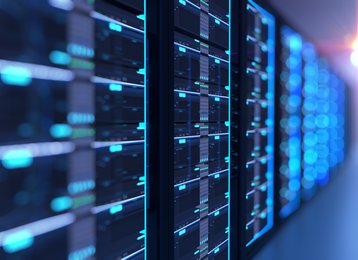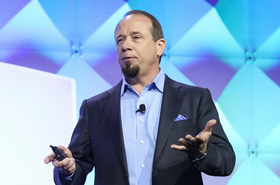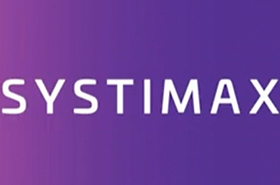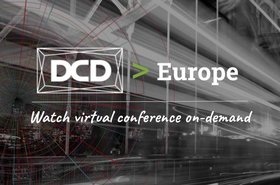For this edition of DCD>Talks, DCD’s chief technology officer Stephen Worn, spoke to Kamlesh 'Kam' Patel, VP for data center market development at network infrastructure specialist, CommScope about the challenges facing data center operators in the wake of the rise of AI.
Patel begins by outlining what he sees as the three main AI-borne challenges facing the industry. The first of these is cooling, which requires a whole new approach to cope with the heat generated by GPUs running AI workloads: “I think in the end, immersion cooling or immersion-based cooling is a kind of nirvana. But it's difficult to get there. And I still think we're a couple of years away from that.”
Plus of course, more cooling and more intense compute means more power: “These things draw a tremendous amount of power, what that has done is put emphasis and pressure on the power companies to deliver. As a result, even the large cloud providers may have large home bases and areas, but they have to move to different regions to be able to have enough power to be able to do so.”
Thirdly, the capacity of fiber connections within the data center needs to be able to cope with the extreme growth in traffic: “As we look at our business, what we're seeing is the need to supply four to five times the fiber that we traditionally had. We're trying to do it in the same amount of space. So we've got different cables and things like that. But it's also introduced a new form of connectivity that we refer to as ‘Very Small Form Factor’.”
One method being employed by CommScope to increase capacity, often in limited space, is called fusion splicing: “There's a lot of fusion splicing in traditional data centers, and they'll continue to be fusion splicing, it's just a great mechanism where we're using high fiber count conductivity and that makes these installs much quicker.”
However, even here there are extra challenges in terms of the supply chain: ”What has also happened is the availability of products. We've run into areas where people were planning on using serial circuits to fiber, like the only chipsets they could get were eight fiber chips. That can put a damper on your day.”
Incorporating AI has its challenges, as Patel explains: “The thing that's driving folks crazy is the latency requirement. The latency has nothing to do with the InfiniBand itself – it is the time these chips need to talk to each other to form that supercomputer machine learning cluster if you will, and so that limitation has also driven changes in the way people need to build data centers, because now you have to have a large area of power and a certain part of the data center.”
The pace of change has forced some introspection within CommScope circles: “We've built almost every kind of network that there has ever been, but still the challenges that we faced here are fantastic. Some of them have caused us to look at ourselves and say, ‘Okay, the speed at which things are changing is so rapid, what do we do to evolve our culture to be able to live with that?”
Fortunately, CommScope has been preparing to ensure data centers can cope: “We've done our homework up to 3.2 terabytes, which is what we're seeing as the max, and that can handle everything in between. With single-mode fiber, it's destined to handle everything, so we believe this will be the product family that will carry you for the next 10 to 20 years, regardless of the application coming up.”
To learn more about how CommScope has ensured readiness for the AI revolution, watch the full DCD>Talk here.




